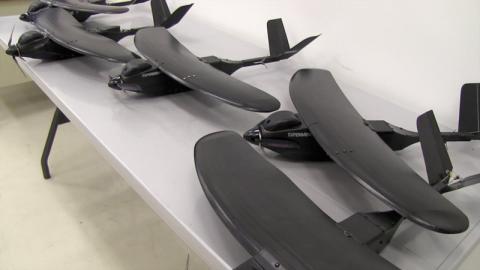U.S. Military Programs Address GPS Loss, Degradation
 Stephen Welby, Assistant Secretary of Defense for Research and Engineering. Department of Defense photo
Stephen Welby, Assistant Secretary of Defense for Research and Engineering. Department of Defense photoThe Pentagon is executing a technology offset strategy designed to recapture some of the military advantage conveyed by America’s innovation edge.
By Inside GNSS















